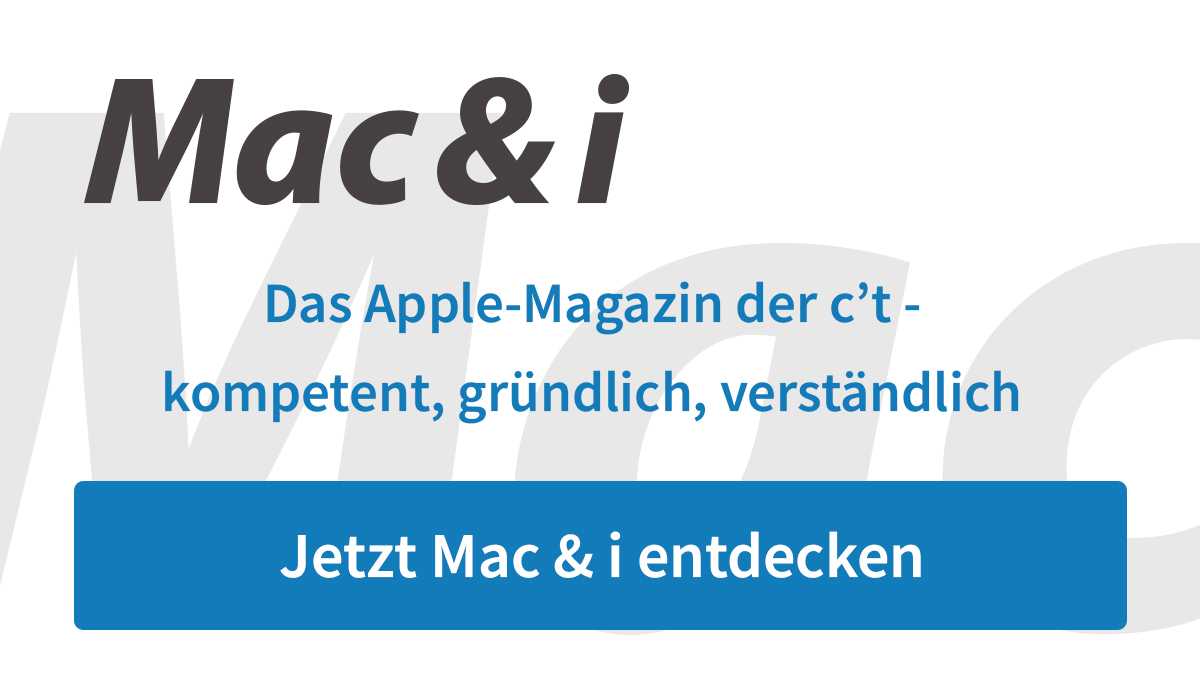Apple’s iPhone 14 Pro and iPhone 14 Pro Max support resolutions of up to 48 megapixels with the rear main camera for the first time. Up to 75 MB are stored per image in ProRAW format. It would be correspondingly important to have a fast physical transmission option to the computer if you cannot use cloud services or WLAN. However, Apple still uses its old, proprietary Lightning connector for the Pro iPhones, which cost up to 2200 euros – and this achieves a maximum USB 2.0 speed.
Unchanged with 480 Mbps on the go
USB 2.0 achieves a maximum gross throughput speed of 480 Mbps – the net figure is a little less. This means that it can take a long time to compare many photos with a Mac or PC using a Lightning to USB-C cable. However, professional users in particular, who cannot always rely on wireless transmission, also need wired transmission. There were already Lightning devices that delivered faster throughput rates: The first iPad Pro from 2015 came with USB 3.0 and up to 5 Gbps gross. It remains unclear why Apple has not yet implemented this with the iPhone.
Apple has been using its proprietary Lightning connector since fall 2012, so it’s been almost exactly ten years. Initially, this had many advantages compared to the previously used dock connector from the iPod: It required significantly less space (both socket and plug), was reversible and very stable. However, over the years there has been increasing pressure to finally switch to USB-C. Politicians have been calling for uniform charging standards for smartphones for years and are already implementing the first rules. Apple’s answer so far: The group always includes a Lightning to USB-C cable, which is now the only accessory supplied with iPhones.
USB-C would only have advantages
There has long been a precedent in the lineup for the switch to USB-C at Apple: the switch from Lightning has almost completely been implemented on the iPad. Only the classic iPad still has Lightning, but that could change as early as next month. The new connection opened up many new possibilities for the tablet to connect accessories directly and without an adapter. With the iPhone, however, Apple stubbornly sticks with Lightning, which has long ceased to have any advantages for users – despite the large ecosystem that Apple apparently wants to preserve, it is now completely outdated.
At best, Apple could also include Thunderbolt 3 support for the iPhone with USB-C and send up to 40 Gbps through the cable. Only Cupertino knows whether this will happen – plans have been and have been for other products for several years, but they are being postponed to the next one every year. However, the company could go even more radically and completely omit the physical connection on the iPhone – then all data would have to be transmitted wirelessly and the devices would always have to be charged via MagSafe. Apple has already implemented this with the headphone jack.

(bsc)
Tag: iphone design, iphone 14, apple iphone, iphone release
